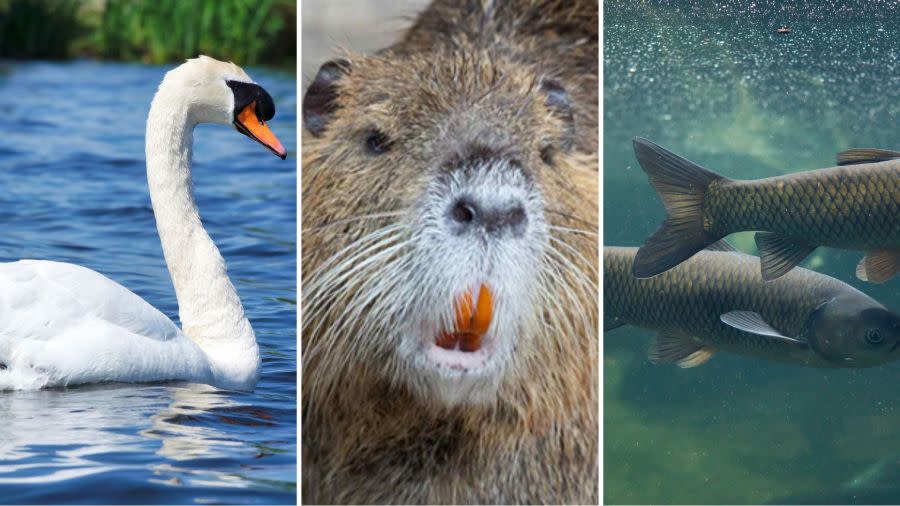Invasive Species: California’s three-billion dollar problem

(FOX40.COM) — Invasive species cause billions of dollars worth of damage in the United States annually, and California is no exception.
In 2021, it was reported that the United States spent between $120 billion and 137 billion per year on the environmental damage caused by invasive species, which are defined as organisms (plants, animals, microbes) that are not native to an environment, and once introduced, quickly reproduce, spread and cause harm to the environment, economy or even human health.
‘Please don’t plant these species in California,’ CDFW says
In California, at least $3 billion is spent annually on eradicating invasive pests, according to the University of California Riverside. The university adds that 80% of endangered species are threatened globally by invasive species, making them second to habitat destruction as the largest threats that native species face.
California’s Department of Fish and Wildlife says it has identified numerous invasive species that have already established populations in the state. Additionally, the agency has identified potential invasive species that haven’t been introduced but could cause harm if brought onto state grounds.
“By educating the public about these species, their likely impacts, the pathways of introduction, and what to do if they are encountered, we aim to prevent introductions and intercept populations before they can establish, spread, and cause harm,” CDFW said.
CDFW has identified these animals as invasive species that are present in California:
Nutria (Mammal)
Mute swan (bird)
Brown-headed cowbird (bird)
Southern watersnake (reptile)
Northern watersnake (reptile)
Red-eared slider (reptile)
Common coqui (amphibian)
American bullfrog (amphibian)
African clawed frog (amphibian)
Grass Carp (fish)
Quagga and zebra mussels (invertebrates)
Chinese mitten crab (invertebrates)
Polyphagous and Kuroshio shot hole borers (invertebrates)
Channeled apple snail (invertebrates)
New Zealand mudsnail (invertebrates)
What are nutria? The invasive species affecting California’s waterways
Fishes such as snakeheads, piranhas, northern pike, bighead carp, silver carp, and black carp are considered invasive to California, but the animals are not currently present in the state, CDFW says.
According to CalMatters, California spends about $3 million annually to eliminate nutria. The organization adds that the number is only a fraction of the costs because eradication efforts are typically unsuccessful.
CDFW asks that the public take basic steps to ensure that the animals on its invasive species list don’t become more of an issue than they currently present. The most important step is to not release the animal into the wild. If someone has an unwanted animal that is also on the invasive species list, the CDFW recommends either finding the animal a new home, learning how to handle the animal, or contacting animal control.
These are the animals in California capable of causing human-wildlife conflicts, CDFW says
If an invasive animal is spotted, the CDFW recommends filling out a “suspect invasive species sighting report,” which can be found here.
Copyright 2024 Nexstar Media, Inc. All rights reserved. This material may not be published, broadcast, rewritten, or redistributed.
For the latest news, weather, sports, and streaming video, head to FOX40.

